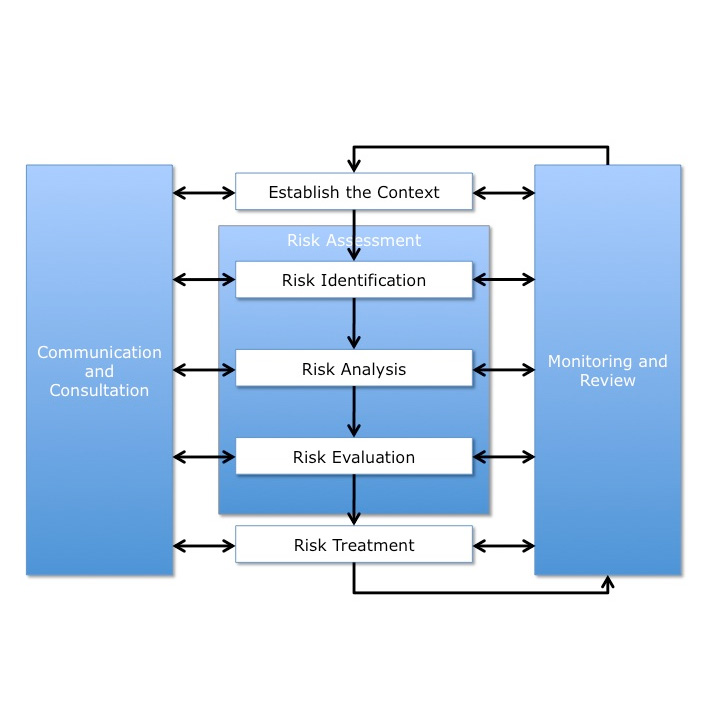“Expect the best, plan for the worst, and prepare to be surprised.”– Denis Waitley
Avoiding the Top 10 Common Mistakes in Capital Improvement Bond Programs
Capital improvement bond programs are critical for financing large-scale infrastructure projects that drive community growth and development. However, these programs often encounter pitfalls that can derail objectives and erode public trust. Here are the 10 most common mistakes made in capital improvement bond programs and the most effective ways to eliminate or mitigate each.
- Poor Planning and Scope Definition
Mistake: Inadequate planning and unclear project scope can lead to cost overruns, delays, and unmet objectives.
Solution: Engage in comprehensive planning that includes detailed scope definition. Utilize experienced project managers to outline clear objectives, deliverables, and timelines. Incorporate stakeholder input early to ensure all requirements are identified.
- Inadequate Stakeholder Engagement
Mistake: Failing to involve stakeholders—such as community members, government agencies, and investors—can result in opposition, delays, or project cancellation.
Solution: Implement a robust stakeholder engagement strategy. Hold public meetings, surveys, and workshops to gather feedback and build support. Transparent communication fosters trust and minimizes resistance.
- Underestimating Costs
Mistake: Underestimating project costs leads to budget shortfalls, necessitating additional funding or cutting project elements.
Solution: Conduct thorough cost estimations using industry benchmarks and historical data. Include contingencies for unforeseen expenses. Regularly update cost estimates throughout the project lifecycle.
- Inadequate Risk Management
Mistake: Ignoring potential risks can cause significant disruptions, increased costs, and project failure.
Solution: Develop a comprehensive risk management plan. Identify potential risks, assess their impact, and establish mitigation strategies. Regularly review and adjust the plan as the project progresses.
- Non-Compliance with Regulations… permits, permits, permits
Mistake: Overlooking legal and regulatory requirements can result in fines, legal action, and project delays.
Solution: Ensure compliance by staying informed about relevant laws, regulations, and industry standards. Consult legal experts and incorporate compliance checks into the project plan.
- Poor Project Management
Mistake: Ineffective project management leads to misallocation of resources, missed deadlines, and quality issues.
Solution: Employ qualified project managers with experience in capital improvement projects. Use project management tools and methodologies to track progress, manage resources, and ensure accountability.
- Inadequate Communication
Mistake: Lack of clear communication among team members, stakeholders, and the public can cause misunderstandings and erode trust.
Solution: Establish a communication plan that outlines channels, frequency, and responsibilities. Use regular updates, meetings, and reports to keep everyone informed.
- Lack of Transparency
Mistake: Opacity in decision-making and financial management can lead to suspicion and decreased stakeholder confidence.
Solution: Promote transparency by openly sharing information about project progress, finances, and challenges. Utilize transparent procurement processes and provide access to project documents when appropriate.
- Failure to Monitor and Control Progress
Mistake: Not tracking project performance can result in unnoticed deviations from the plan, leading to cost overruns and delays.
Solution: Implement monitoring and control mechanisms. Use key performance indicators (KPIs) to measure progress. Conduct regular audits and adjust plans as necessary to stay on track.
- Inadequate Contingency Planning
Mistake: Not preparing for unexpected events can exacerbate issues when they arise, compounding delays and costs.
Solution: Develop contingency plans for various scenarios, such as contractor default, supply chain disruptions, or environmental challenges. Allocate contingency funds and establish protocols for rapid response.
Conclusion
Capital improvement bond programs are vital for developing essential infrastructure, but they require meticulous planning and execution. By recognizing and addressing these common mistakes—through effective planning, stakeholder engagement, accurate cost estimation, robust risk management, regulatory compliance, skilled project management, clear communication, transparency, diligent monitoring, and thorough contingency planning—project leaders can significantly increase the likelihood of successful outcomes.
Implementing these best practices not only mitigates risks but also enhances public trust and ensures that the capital improvement projects deliver their intended benefits to the community.
At Front Line Advisory Group, we manage Capital Improvement programs to ensure they are completed on time and within budget. We make sure every dollar is used wisely to improve our community. For more information or to start your project, contact us at info@frontlineadvisorygroup.com.












